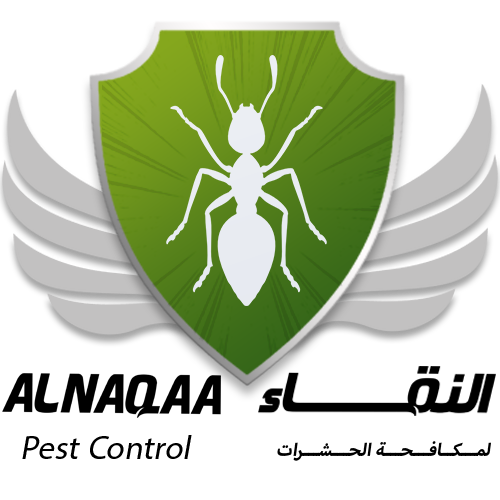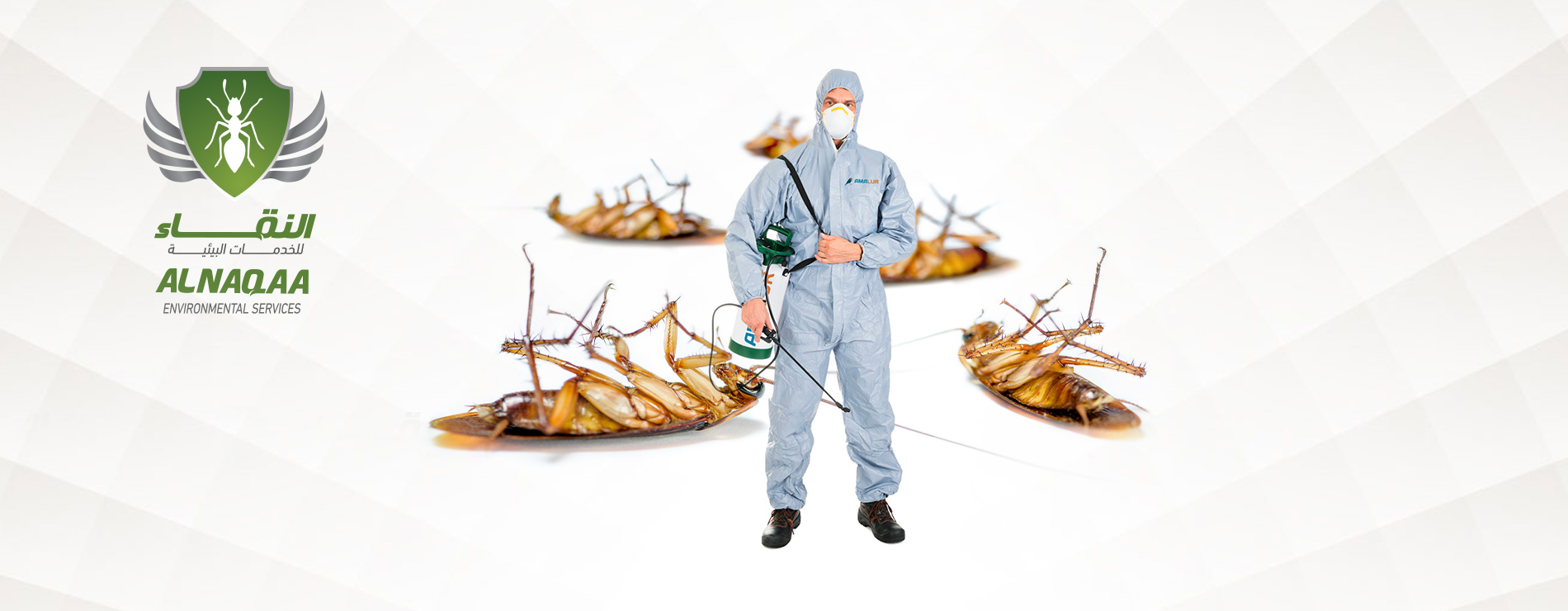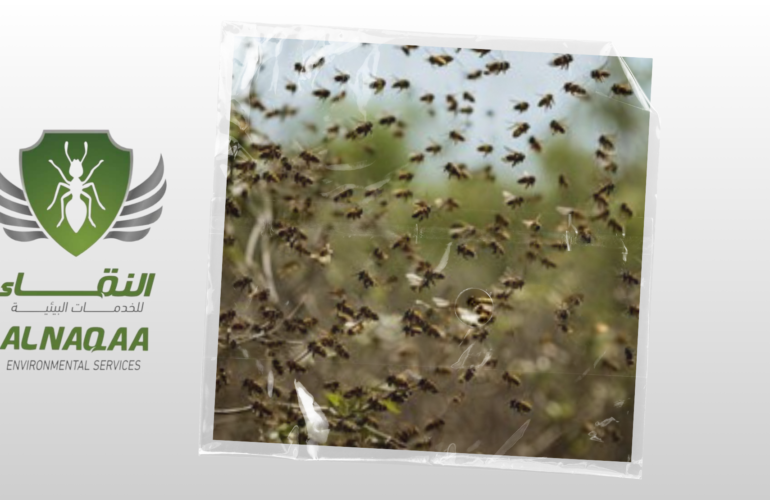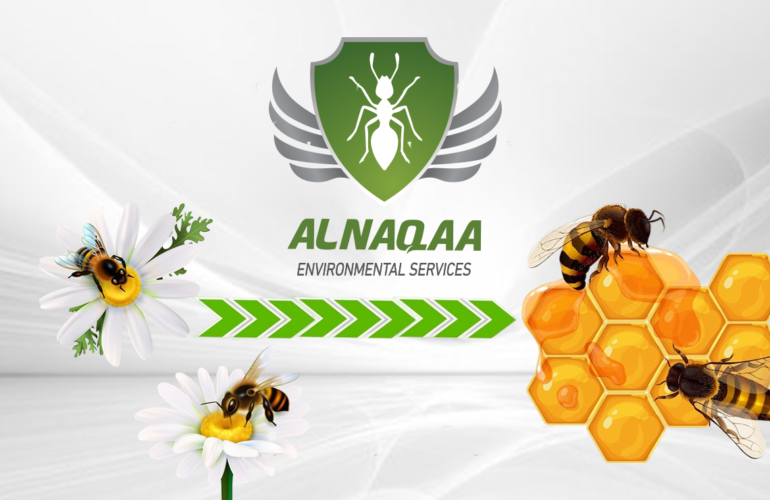How can we achieve a successful pest control program?
Control is a term that describes the efforts made to eliminate or manage a specific problem or threat. This term is used in various contexts and fields to refer to tackling different types of challenges and issues, whether related to public health, safety and defence, society, the environment, and more.
Pest control includes any process aimed at controlling the spread of pests and harmful organisms that threaten plants, animals, the environment, and humans. Pests can be defined as any living organisms that cause harm to other organisms, including harmful insects, pathogenic fungi, plant diseases, harmful animals, weeds, and harmful microorganisms.
The aim of pest control is to minimize the damages they cause to agricultural crops, animals, and the environment while preserving agricultural, animal, and environmental production.
Pest control methods include the use of various biological, mechanical, chemical, and cultural means to effectively and sustainably control pests. Choosing the appropriate method for pest control requires a precise analysis of the problem, identifying the type of pest, its distribution, and the impact it causes. The most suitable approach can also be selected based on scientific, environmental, economic, and social guidelines for the relevant area.
Therefore, pest control is an essential part of sustainable agriculture and environmental conservation, helping to achieve ecological balance, preserve biodiversity, and ensure the sustainability of agricultural and animal production.
General Fundamentals of the Naqaa Pest Control Process:
The fundamentals of control vary depending on the different fields and challenges faced. However, these fundamentals form a general framework that can be applied to improve the effectiveness of efforts to control any challenge or problem. They include a set of principles and basic procedures followed to address various challenges and issues. Here are some important fundamentals of control:
-
- Planning and Analysis: Good planning and accurate analysis of the problem or challenge at hand are essential. This involves setting clear objectives, identifying available resources, and selecting appropriate strategies to address the problem.
- Awareness and Training: The control teams must be aware of potential threats and risks and how to deal with them. This requires proper training to equip teams with the knowledge and skills necessary to address the problem.
- Coordination and Collaboration: Coordination between all relevant parties and participating teams in the control process enhances cooperation among different entities, improves the effectiveness of efforts, and enhances results.
- Prevention and Precautionary Measures: Necessary measures must be taken to prevent the occurrence of the problem or threat. This includes enhancing prevention, immunization, and preparedness to handle the problem if it occurs.
- Use of Technology and Tools: Addressing modern challenges requires the use of advanced and sophisticated technologies and tools that help improve efficiency and effectiveness.
- Continuous Evaluation and Improvement: Regular evaluation of performance and achieved results is essential. This involves updating strategies and plans to improve control processes based on experiences and observations.
- Communication and Information: An effective communication and information system is necessary to inform the public and concerned parties about the developments in the control process and warn them about potential risks.
- Compliance with Laws and Policies: Compliance with relevant laws and policies is crucial during control operations, ensuring the respect of individual rights and freedoms.

Safety Factors in Insect Naqaa Pest Control Programs:
Safety factors are vital to ensure the safety of controllers, users, and the surrounding environment. Several factors must be considered and implemented to ensure comprehensive protection. Here are some essential safety factors in the field of insect control:
-
- Use of Safe Materials: Safe insecticides and chemicals of high quality that have been approved by official and health authorities must be used. Safe materials are those that do not pose a threat to humans, animals, and the environment.
- Training and Certifications: Controllers must undergo proper training and acquire certified qualifications in insect control. They should be knowledgeable about the behaviour and biology of the targeted insects and how to handle them safely.
- Precautionary Measures: Necessary precautions must be taken while using insecticides. This includes wearing protective clothing, gloves, masks, and goggles when needed.
- Identification and Access: Controllers should have recognized identification issued by competent authorities, and they should be granted access to sites involved in insect control.
- Safe Transportation: Insecticides and chemicals must be transported safely, following the proper instructions to avoid leakage or contamination.
- Safe Disposal: Empty containers and used chemicals should be disposed of in a safe manner following the specified instructions.
-
- Consultation and Guidance: Seeking advice from Naqaa specialized experts is essential when facing safety challenges or complexities in insect control.
- Emergency Preparedness: Developing a plan to handle accidents or emergencies resulting from insect control and containing any issues quickly and effectively.
In general, the field of insect control requires a commitment to safety and health procedures to ensure the safety of controllers, the community, and the environment as a whole. Based on the information provided, Naqaa pest control can outline a model for a cockroach control plan in a healthcare facility, for example. This model includes steps and procedures that can be followed to control and manage cockroaches:
-
- Identification and Assessment:
-
- Begin by identifying the type of cockroaches present and measuring their distribution.
- Evaluate the extent of the impact cockroaches have on the environment and public health.
-
- Planning:
-
- Develop a comprehensive control plan that includes specific objectives and measures to control the cockroach population.
- Identify the necessary resources and create a timeline for plan implementation.
-
- Prevention:
-
- Ensure cleanliness in areas where cockroaches are likely to breed and eliminate food and water sources.
- Seal gaps and crevices in walls, floors, and doors to prevent cockroaches from entering the facility.
-
- Mechanical Control of Cockroaches:
-
- Use traps and baits to capture cockroaches and reduce their population.
-
- Biological Control of Cockroaches:
-
- Implement the use of natural living organisms that affect cockroaches, such as birds, rodents, and predatory insects.
-
- Chemical Control:
-
- Use effective insecticides and chemical groups to eliminate cockroaches in suitable areas.
- Follow the instructions and adhere to safety and biosecurity standards when using insecticides.
-
- Monitoring and Evaluation:
-
- Monitor the impact of the control measures and methods used to manage the spread of cockroaches.
- Make adjustments to the plan or procedures based on the evaluation results.
-
- Awareness and Education:
-
- Promote awareness of the importance of cockroach control, their harmful effects, and how to deal with them among the public and facility users.
It is crucial to emphasize adherence to the instructions and guidelines issued by competent authorities for cockroach control. Consultation with Naqaa pest control if there is a significant or recurring problem with cockroaches.
Using a Naqaa pest control company is a common and effective choice for dealing with pest problems in homes or commercial establishments. These companies provide specialized services to control and manage various pests, contributing to reducing their spread and maintaining a healthy and safe environment. Here are some benefits that make using pest control companies beneficial:
-
- Expertise and Knowledge: Pest control companies work with specialized teams experienced in pest control. Their staff possesses the knowledge and skills required to identify types of pests and determine appropriate control measures.
- Effective Pesticides: These companies have access to effective insecticides and chemicals that may not be easily available to ordinary individuals.
- Safety and Health: Pest control companies ensure the use of safe pesticides and materials in line with health and environmental standards. Necessary precautions are taken to ensure the safety of controllers, residents, and pets.
- Prevention and Immunity: Using pest control companies helps identify and treat pest breeding sources, preventing their return after elimination.
- Time and Effort Savings: Calling a pest control company is more efficient than attempting to handle the problem on one’s own, as the company takes care of all required procedures.
- Guarantees: Some companies offer warranties on the services provided, meaning they will re-treat the area free of charge if the problem returns shortly after the initial treatment.
However, it is essential to use reputable and licensed companies (Naqaa pest control) that adhere to health and environmental standards. Some companies may specialize in a particular type of pests, so it is necessary to ensure they meet your needs and can effectively deal with the specific issue you are facing.






